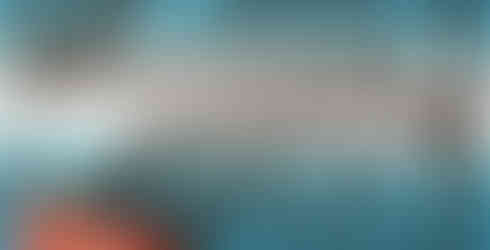Reinterpreting Rome: Anna Romanello
Anna Romanello is an Italian artist whose work is an amalgamation of light, architecture, literature and the intellectual thought processes of the 20th century Dadaists.
Inspired by scholarly and literary luminaries such as Plato, Dante and Pasolini, Romanello has ingrained their philosophies into her works. Her collages comprise of prints, photographs and engravings. She reinterprets the meaning of her surroundings in profoundly new ways through her artwork. In her series Lights in the city, Romanello has deconstructed Rome’s cityscape with a bold approach and luminous shades.

Villa Médicis 2019, 39,5 x 59 inches - printing on canvas and woodcut
Romanello graduated from the Fine Arts Academy of Brera in Milan. She furthered her artistic training at the Fine Arts Academy of Paris and at the Atelier 17 of S. W. Hayter alongside international artists and etchers. She has worked as a professor at Calcografia Nazionale of Rome and Fine Arts Academy of Rome, amongst various other visual arts institutes in Italy. She has edited several Artist-Books globally. Her works were exposed in various galleries and museums throughout the world, and are present in publics collections such as: The British Museum, London, National Library, Paris; National Library, Prague and Bratislava; National Library, Florence; Museum of Modern Art, Bari, Italy, Aqua Art Miami and Clio Art Fair, New York; amongst many others.
Romanello’s series Lights in the City, consist of 10 works of art. Each work has been executed on a photo box which is constructed out of plexiglass. The plexiglass portrays a photograph or a photo collage on its façade, which has been deeply engraved and etched with layers of vivid colors. Romanello calls these as ‘rips’, as the engraving remind her of the poems inscribed on the shrines that line the river Tiber. These shrines were built around ten years ago for the “Mediterranea - the festival of literature and the arts”. The dancing swirls and saturated colors reverberate through the architectural structures that hide beneath them. It almost makes one feel like there is a continuity in space beyond the buildings and monuments.
If one looks at ‘Riflessi’, the palette dissolves into its material’s color, leaving behind no distinction, just like in the practice of Anselm Kiefer’s work. The literature peeking from underneath affirms Romanello’s inspiration and thought process. The “illegible writing” laid onto the surface mirror what the poems on the shrines or anywhere truly are- words. The act of engraving and etching with colors bring life with the pigments they impart but erode away the surface onto which they are scratched upon. It is a subtle commentary on urban life, where one does gains pleasure whilst living it, but as a bargain, one has to be scratched and loose a portion of themselves. The electrically executed, energetic marks showcase the structures in the background. The Tramonto horizon dome or “cupolone” seen in ‘Tramonto Su San Rocco’ seems to recede into its misty atmosphere, only to draw attention through the spark like rips.
Romanello’s Aquatints and woodcuts share the aesthetics of her practice. The bright colors with the contrasting, muted palette and receding structures, become a collage of its own. The lines and swirls interweave to almost form a mesh or a fabric. Each work voices a new story about the architecture that is veiled behind it. The saturated fragments of pigment compliment the narrative of the images they cover.
Deciphering Romanello’s city through her weave of colors and lines is like reacquainting oneself with a surrounding, which was once familiar, but is now a strange place, full of possibilities. It gives one insight into the understanding that- the space we perceive has no boundaries, and the horizons we observe run in endless continuity. We look forward to viewing more of Romanello’s interpretations, maybe perhaps, one of New York.

.png)





















